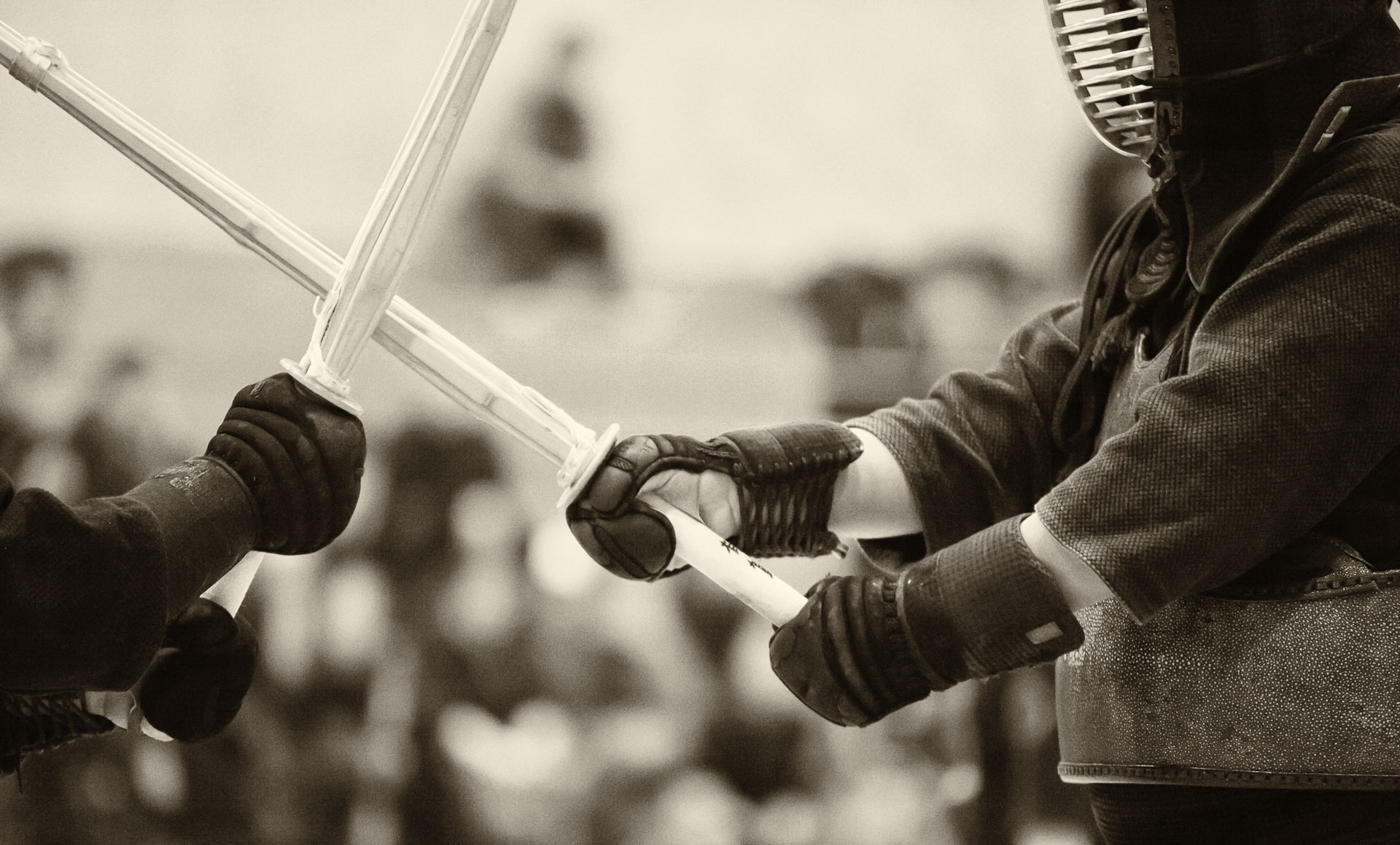
My first ever visit to Paris was a trip to a conference, followed by a vacation with family. The timing of the conference was perfect in that I had a chance to take photos of the Bastille Day’s fireworks. As I look back through my other photos from that trip, I noticed that I took many candid shots of tourists in the city. I took these photos as we were walking along the streets and parks with my family. Our daughter was not yet two years old, so she was often sleeping in her travel stroller, being pushed by her grandfather, who thoroughly enjoyed this duty.
Sometimes, I quickly walked ahead of my family and took photos of other people. I did not worry about lighting too much, focussing on the dynamics of the street scenes. In retrospect, the lighting was mostly quite good, since we often took our excursions in the late afternoon, to avoid the summer heat. Also, I find that many street photos look better when converted to black-and-white, since there was no opportunity to manage colours in the composition of the busy street scenes.
I mostly used a 35mm f/1.4L lens
on my 5D Mark II
, but I also carried a 70-200mm f/2.8L IS lens
whenever possible. I really like this lens for its ability isolate architectural details or pick out elements of street scenes from relatively far away.
Our expectations of travelling to Paris with a small child were very guarded, having read many negative opinions online. In reality, however, it turned out to be one of the most pleasant experiences. Parisians were incredibly accommodating and nice to us wherever we went, and our little daughter was often the reason we were invited to skip the long lines at popular tourist attractions.






























